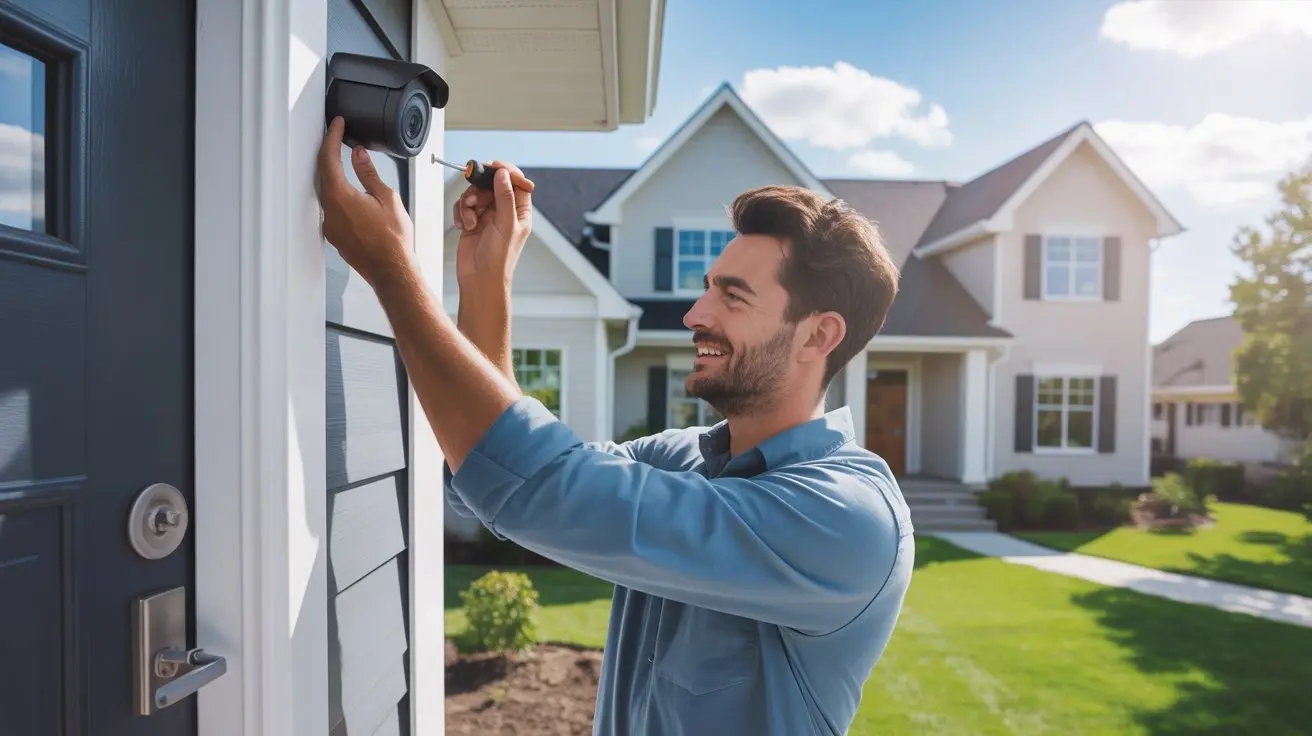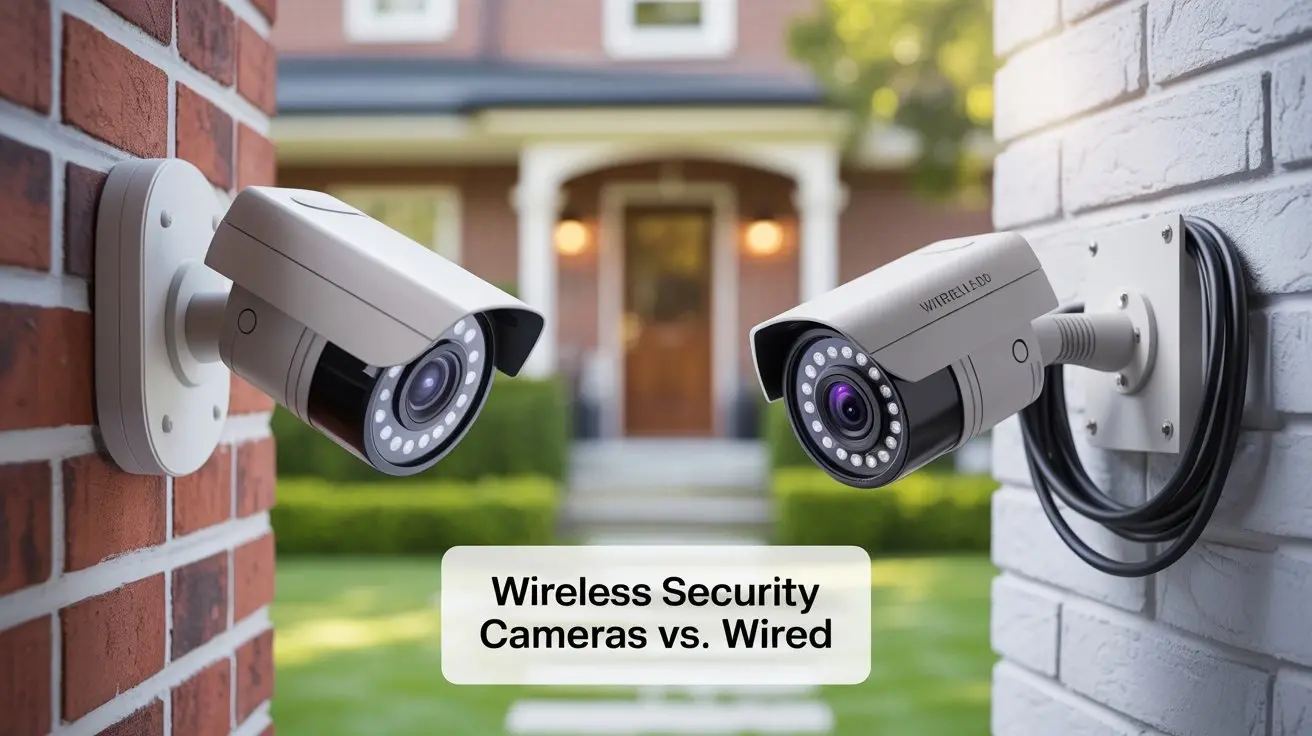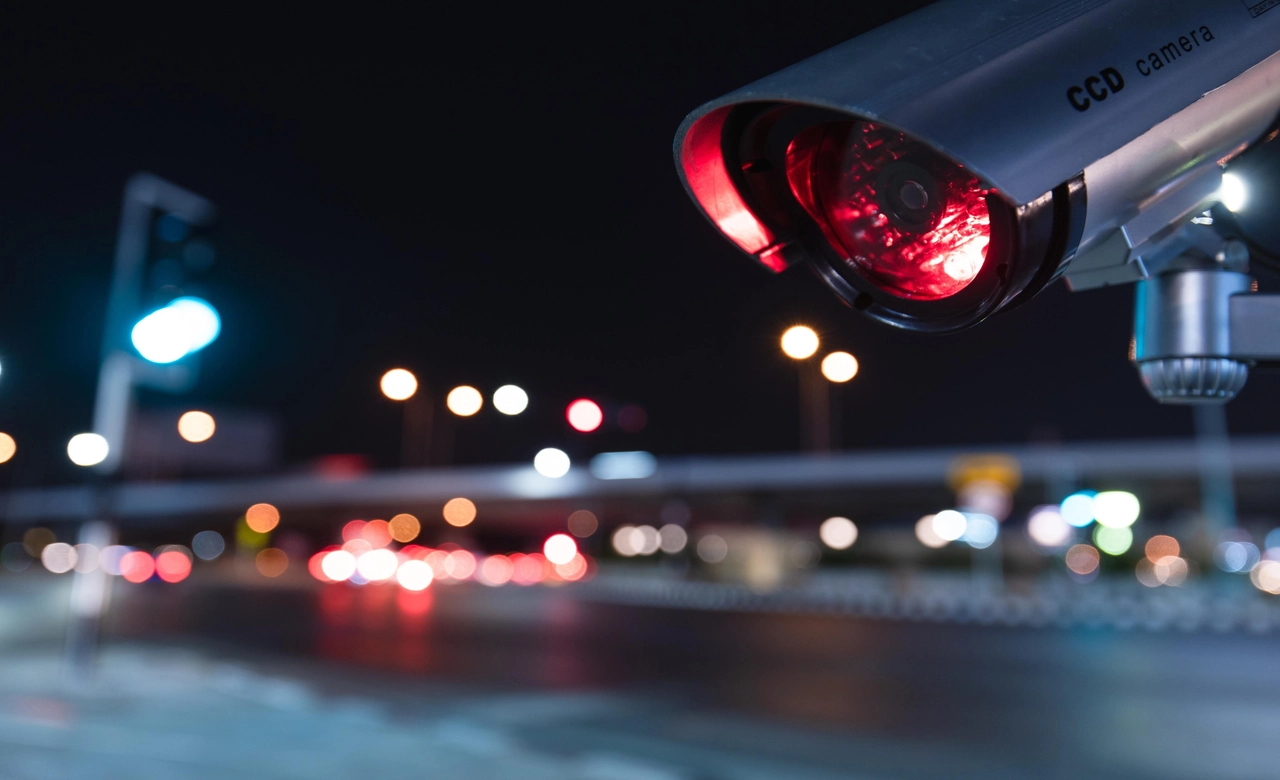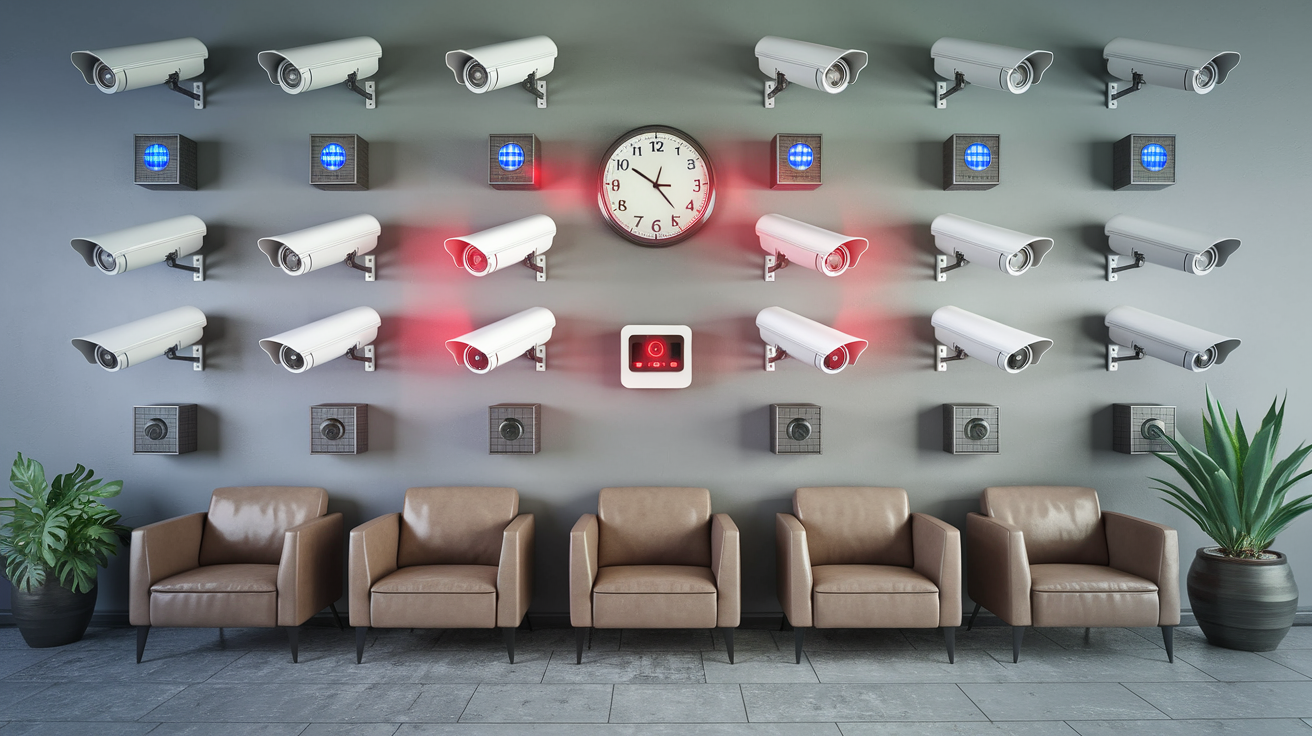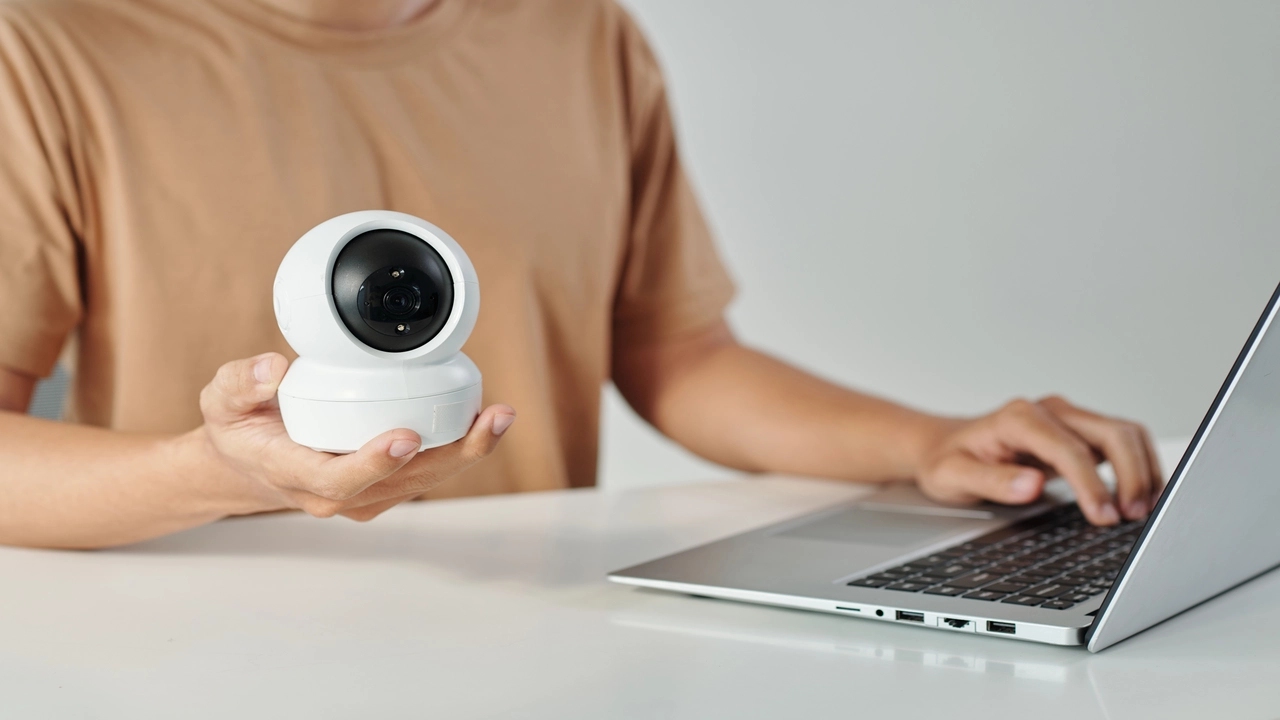It is useful to have additional protection and therefore the decision to install wireless security cameras at home is beneficial. Since DIY systems are relatively cheaper and simpler to implement, anyone can install a wireless Home Security System on their own without much hassle. Below is a guide on how to set up a wireless security camera system at home.
Determine Your Needs First, identify the purpose of the security camera system and the areas where the cameras are likely to be placed. The areas of the house where security cameras are installed are the front door, the garage, the backyard, and the living room. Determine whether you wish to monitor the indoors of your home, the outside area, or both. This will affect the kind of cameras and systems to be used in the business. Decide whether you require features such as motion detection, infrared vision, or the ability to view the feed through a smartphone application. Ensure that it is a wireless system to install it easily in your home without seeking the assistance of any professional.
Pick Your Equipment To meet your needs you should find wireless security Camera systems that have the right type of cameras and functionalities for you. For instance, in case you wish to cover both indoors and outdoors, you can get a package with Indoor and Outdoor cameras appropriate for the two locations. Research to obtain the best quality equipment for your business while considering your financial limits. Almost all DIY wireless systems come with all the ingredients such as cameras, cables, power adapters, and router/hub devices in one package.
Survey Installation Areas Look at the interior and exterior spaces of the areas of interest in which you would like to install cameras. Measure the surfaces accurately to be sure the cameras will fit and to assess the proper length of the cables. Make sure that there are power outlets close by to where the cameras will be set up. Take some notes of the possibilities of electrical outlet or WiFi signals, any interference, or equipment that may be required. Determine the distance cameras would be positioned to make sure signals can get to the hub device.
Install Router/Hub Device Consult the product manual for information regarding how the wireless camera system’s main router or hub through which signals will be transmitted should be connected or set up. To have the best signals reach outer areas, it is recommended that the hub device be installed in the middle of a room, or ideally, any area that is elevated. Configure any WiFi connection or internet connection that the hub device may need to function or send data to your smartphone application. Plug the power adapter close to the device.
Mount the Cameras Using the survey measurements, indicate on the floor plan the indoor and outdoor installation points that you selected for each camera with a pencil. Adhere to specific procedures for installing the cameras by placing them firmly in the positions required to monitor desired zones. Some of the common mounts are by using screws that attach to wall studs, using double-sided tapes, or by using clamp brackets or swivel mounts. Tilt as necessary and then firmly fasten the mounts once the desired orientation has been achieved.
Run and connect the cables Tape the correct length of the Ethernet extension cable from each mount camera to the nearest power outlet location. There may be a need to consider outdoor cables for cameras stationed outside the building. Leave some extra slack. Plug one end into the camera port, then reroute any excess wiring sensibly away from traffic areas using staples or clips. Do not fold or crimp over the wiring using clips or staples. Insert the other end of the cable into an outdoor receptacle or a surge protector.
Connect Cameras to Transmitter Ensure all the cameras and the hub have stable power supplies and then plug in each of the cameras with the help of ethernet cables as recommended in the product manual. The LEDs on the cameras as well as the hub device should be lit in this case to show successful connectivity. If no lights are seen, refer to the troubleshooting charts to determine possible connection problems or defective hardware and correct them where necessary.
Configure System Settings Perform basic setting up of the camera system according to the manufacturer's guidelines. It may also entail accessing the router device interface to assign names to cameras, configure aspects such as the motion sensor sensitivity of a particular camera, or any preferences. This may involve creating security features such as a password on the accessed WiFi network or even encryption. Most systems then enable live remote viewing through the smartphone app using the home WiFi network or the internet connection when the latter is outside.
Position and Test Cameras Ensure cables are secured and software configured, then securely install cameras to final placement or fine-tune the angle. Employ a smartphone or viewers to maximize viewable zones, adjusting for blind spots. Check door sensors by passing through doors and making sure that the notification of the camera’s activation and recording is working properly. Toggles the night mode to check visibility during nighttime. For night recording, one may need to add external infrared spotlights if necessary, and AID vision even further.
Install External Warning Signage To discourage unlawful entry and to have evidence of consent to surveillance, place waterproof stickers/warnings at the monitored areas such as doors, gates, and garages. These notification messages inform the visitors that the premises are under video surveillance for enhanced security. They also provide a warning that by stepping into such premises, one may be consenting to being recorded.
Inspect and Maintain System Check the camera mounts, cable connections, and picture quality from time to time to tighten the loose parts or re-transmit the photos with lesser quality. Check that triggers, the ability to monitor remotely, and motion notifications are functioning correctly using app notifications or live streams. Simplify and store new recordings more often, keeping only adequate surveillance duration. When the memory cards are full, they should be formatted to create space for the new recordings and enhance the performance of the device.
And that concludes the main procedures on how to install a DIY wireless security camera system in a home without any assistance from a professional. Prevent security loss by following planning before purchase, proper steps during installation, and good habits when testing and maintaining your cameras. Wireless cameras well placed with full video storage and control over the recordings can increase security for residential houses.
Protect your home today with ADT’s top-rated security solutions!
Call now at +1 877-470-7879 to get a free consultation and find out how you can secure your home with the best in the business. Don’t wait—ensure your peace of mind with ADT!
